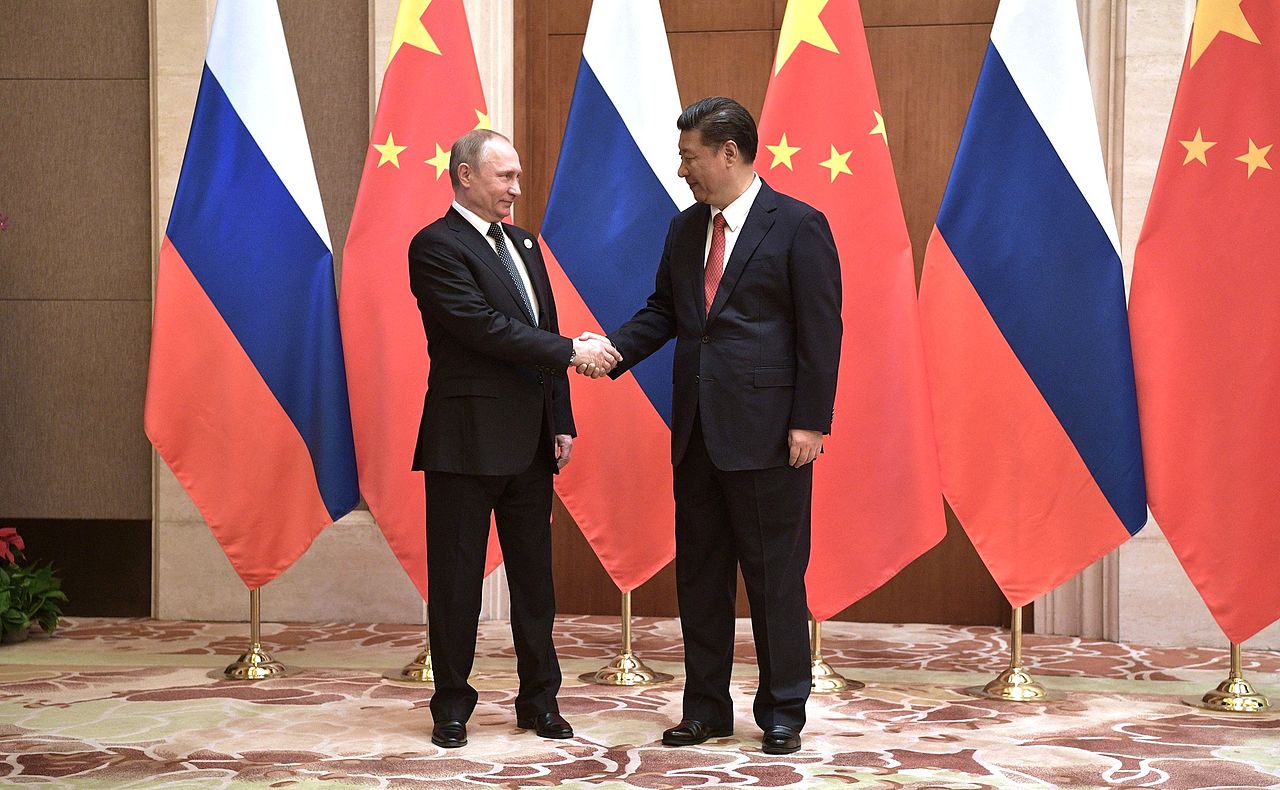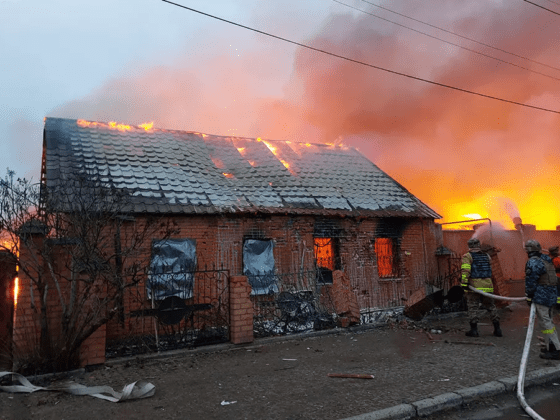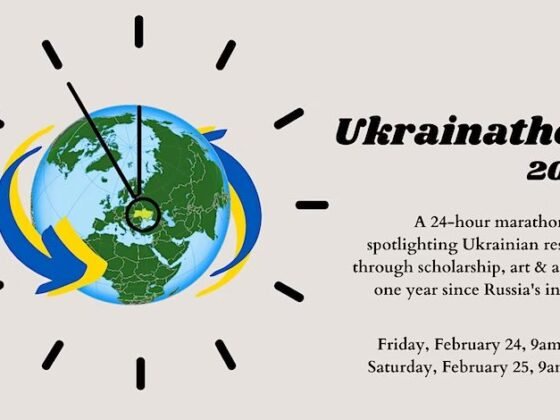The U.S. and four dozen other countries have imposed punishing sanctions on Russia in reaction to its invasion of Ukraine on Feb. 24, 2022. The sanctions were unprecedented in their scope and severity for an economy of Russia’s size.
The initial sanctions included the freezing of Russian assets abroad and a ban on the export of key technologies to Russia. Over the course of 2022, the sanctions were ratcheted up significantly as the European Union eventually phased in a radical reduction of the purchase of Russian oil and gas. Separately, over 1,200 Western companies closed their operations in Russia.
One year into the war, are the sanctions working?
Initial setbacks but quick recovery
Before the invasion, Western nations had hoped the threat of sanctions would deter Russia from attacking Ukraine. But once the invasion began, the goal shifted to deterring President Vladimir Putin from escalating and encouraging him to withdraw – by reducing his ability to fund his war machine.
At first, Western commentators were confident that the sanctions were working.
In the first week of the war, the Russian ruble plunged in value as Russians panicked when most Russian banks were excluded from the Swift international transaction system and government assets in foreign banks were frozen. However, Russia’s central bank was able to quickly stabilize the exchange rate, bringing it back to prewar levels. Inflation peaked at 18% in April before easing to 12% by December.
Even after that, some Western observers continued to insist that the sanctions were crippling the Russian economy.
It is true that the sanctions have devastated certain sectors, notably aviation and auto manufacturing, which saw an 80% decline in output due to lack of imported components. However, overall Russia finished 2022 with a mere 3% contraction in its gross domestic product. Retail sales fell 9% during the year, with local brands – along with some Chinese and Turkish companies – replacing Western companies on the domestic market.
Despite the sanctions and setbacks on the battlefield, Putin has shown no signs of backing down. In September, he mobilized 300,000 reservists and started a campaign to cripple Ukraine’s electricity system through missile and drone attacks.
I have studied the Soviet and the Russian economy for over four decades. I believe there are four reasons the sky has yet not fallen in on the Russian economy. […]
Read More © The Conversation











